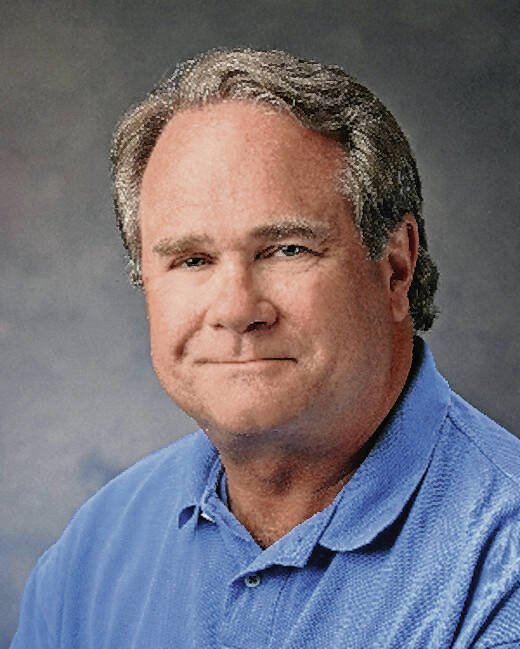
Craig Ladwig
Ruminating over the results of the gubernatorial primary, it is encouraging that the electorate rejected the lavishly funded campaigns of the two economic-development wizards, Brad Chambers and Eric Doden.
Not, of course, that they dwelled on “economic development” per se, its reputation having been tarnished by a series of scams and failed projects. Rather, they campaigned on the vague promise that government, specifically in the form of an enlightened person such as themselves sitting on a suitable throne, could somehow create wealth by fiat (rather than by simply getting out of the way).
That is a promise Hoosiers, bless them, apparently don’t buy, however well-packaged. In fact, they seemed to have ignored the massive advertising campaigns by staying home, a point to which we will return later.
We are reminded of the observation of the late Ron Reinking, an adjunct of this foundation and a Certified Public Accountant who spent a lifetime tracking the financial follies of individuals, corporations and towns. As far back as 2007, Reinking was explaining to foundation members that so-called economic development (eco-deco) was a sham. He said there is a reason some communities succeed and some don’t and it doesn’t have anything to do with the Indiana Economic Development Corporation:
“Indiana history tells us that prosperity comes to those communities that understand the inherent economic differences between private and public money and are wary of commingling the two.”
Reinking referred specifically to the case of the Ball brothers and the decision to locate their glass plant (a huge industrial investment at the time) in Muncie rather than across the state line in Bowling Green. The history, told by Frank Ball in his 1937 memoir, is that the Ball brothers had narrowed their search to Muncie and Bowling Green, both cities having a large supply of natural gas for firing glass.
In Bowling Green, the city council had been arguing for over a week about an incentive package that required issuance of a municipal bond secured by property taxes. The use of property tax split the community into two factions, one with property and one without.
Frustrated by the bickering and division, the Ball brothers left for Muncie where, as it turned out, a decision was ready and waiting. A syndicate of businessmen there (independent of local government) had purchased 120 acres surrounding the site proposed for a glass plant. Here is Dr. Cecil Bohanon, an economist at Ball State University, on Muncie’s ultimately successful proposal:
“I doubt if they gave the gift ($5,000 and seven acres) to the Ball brothers entirely out of public spiritedness. I think they gave it on the promise of the development that would ensue, from the prospects of an increase in the value of their property adjacent to the Ball plant. Yes, these folks may also have been public-spirited; I have no question that they were. But they also had private interests. Back in Bowling Green, where public spiritedness was supposed to rule, everyone was arguing and trying to pick each other’s pockets.”
Since then, sad to say, every big to mid-sized city in Indiana, including Muncie, has ignored the Ball brothers’ lesson and Bohanon’s advice to adopt the Bowling Green model of economic development, thereby missing a golden opportunity for this state to distinguish itself.
You can watch the eco-devo pocket-picking in real time in the Indianapolis battle over who gets to leverage which public funds to capture which soccer franchise and the side hustles that go with it. And they have added a twist to the game, e.g., to leverage public funds to build “pipelines” to carry natural gas, water, grant money, etc, from the politically weak to the politically strong as is attempted in the LEAP project. (See the classic movie, “Chinatown.”)
But again, this politics of taking money from some people and giving it to other people can be complex and expensive. Indeed, it requires the creation of a sham on top of a sham — mass media without any mass, advertising that doesn’t pay but only costs. (We ignore for now the thought that the primary advertising mediums (radio, television and newspapers) have lost their influence and therefore their value.)
In any case, for Republicans the gubernatorial primary saw $45.6 million in advertising spending, making it the most expensive gubernatorial primary of the 2024 cycle, the sixth most expensive of all time and the third most expensive in Indiana’s history. All of that for what is expected to be a record low turnout of only 20 percent in some counties. That is a yield for advertisers and mailers of fully $70 for each measly GOP voter they may or may not have helped send to the polls.
Reinking, the accountant, would be looking at those numbers and calling for a court-ordered audit.
Craig Ladwig is editor of the quarterly Indiana Policy Review. Send comments to [email protected].
